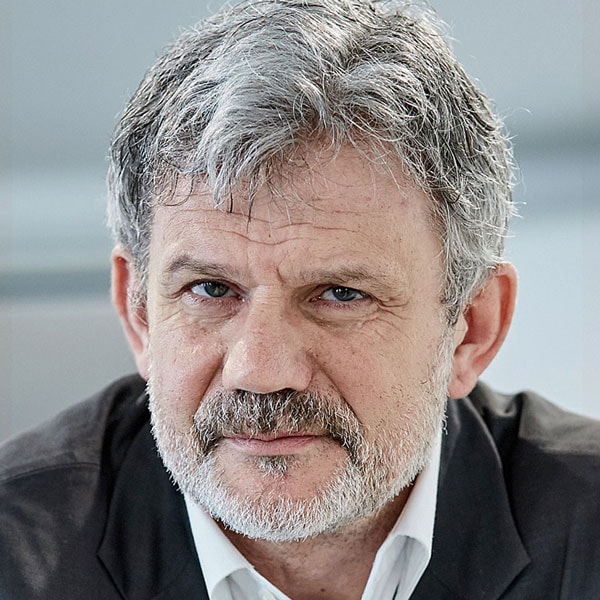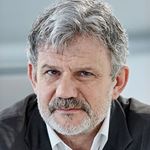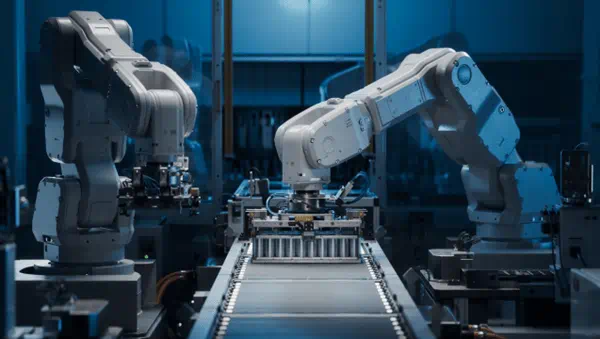The Necessary Course Corrections for the Transformation of Mobility
I get a very strange feeling of déjà vu every year when filling out my tax return. In fact, every taxpayer knows that no one fully understands the relevant laws, (special) regulations and depreciation options. The system that has developed over the years just doesn't make sense today. In principle, everyone is in favor of radically simplifying the whole thing, but this has to be done in a way that won't disadvantage anyone.
Those who have been involved in designing and planning traffic and transport infrastructure for decades—like us at Arcadis—often face the same dilemma. The vast majority of people have now accepted that our mobility systems require a rapid and fundamental transformation due to climate change and conflicts over the use of space in cities. However, all too often we will fight to defend our beloved privileges when this transformation needs to take place on our own doorstep. We want innovation without change — and that will never work!
There are also other factors: extremely long planning phases for projects; the trend toward incompatible, local, stand-alone solutions; perfectionism and skepticism toward unconventional ideas that haven't been scrutinized down to the last detail in the design phase; tribalism and dogmatism; a lack of agility and the tendency to constantly reinvent the wheel; an unfortunate widespread aversion to consistent digitalization and last but not least, an almost cult-like worshiping of four-wheeled personal transport and an unpleasant tendency to engage in Schadenfreude if a promising concept does not instantly work out as planned. In short, mobility change requires a cultural shift in our minds as well.
A practical example from my personal environment: I live in an area of Bonn in Germany that is a car-free zone. Particularly now during the pandemic, I observe on a daily basis how regularly all common delivery services distribute their packages, since a lot of people now only order online. Each delivery service comes with its own car and distributes its packages. An alternative concept is currently being developed in Zürich, Switzerland. The idea behind it is that all packages to be delivered to a city are made by train or truck. Within the city, a package subway runs underground, rendering the various delivery vehicles obsolete. The 'Last Mile Transport' concept describes the alternative distribution of deliveries over the final yards of their journey. This reduces CO2 emissions and minimizes traffic chaos.
Undoubtedly, there is less fun to be had with experimentation when billions of dollars are being invested in projects. The planning of a new line in the German rail network needs the same level of care today as it did twenty years ago. And yet, thanks to digital innovation, we infrastructure experts in particular are able to react much faster and better in a dynamic conflict area where there is a lot of pressure to act quickly and we cannot afford to spend twenty years on the preparatory phases. With Building Information Modeling, digital twins and simulations, we are now able to reliably predict the potential benefits and impacts of transport routes and hubs long before the first excavator is even on site.
And let's be honest, Germany has become one of the world-leading manufacturers of combustion engines but currently we are not even on the podium for 'sustainable transport infrastructure.' And it wouldn't hurt us to simply emulate what the international elite have already successfully implemented in various places in this field: mobility as a service, electromobility, charging infrastructure, sharing concepts, intermodal transport hubs, last mile transport — if you look around, you will find examples all over the world.
As an infrastructure expert, I feel I am currently experiencing the most fascinating and exciting time of my not-so-young professional career. The dynamism with which our teams are growing beyond 'classic' engineering planning is extremely impressive, positioning themselves with start-up spirit as interdisciplinary and internationally networked teams, developing strategies to successfully modify our transport systems using the latest digital tools and on an equal footing with our customers. And if we have more time at some point, we will also create a concept for a sustainable tax reform. I promise.








